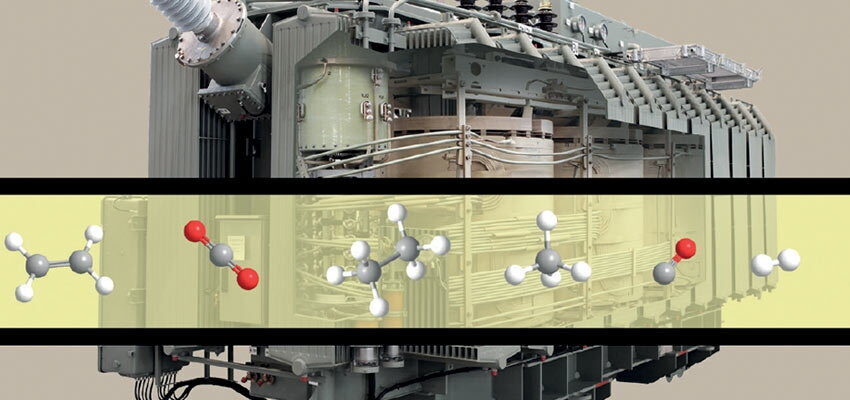
Transformer oil fault gases under thermal stress at 160 °C – Part II
Abstract Dissolved gas analysis is a common technique in the supervision and maintenance of transformers. It can give hints on defects and faults in oil-immersed...
byBernd CHRISTIAN, Armin GLÄSER

Abstract
Dissolved gas analysis is a common technique in the supervision and maintenance of transformers. It can give hints on defects and faults in oil-immersed transformers by determining and quantifying gases arising due to thermal or electrical stress. Different algorithms for the assessment of transformers, which deploy data obtained from dissolved gas analysis, have been published so far. However, only few investigations exist that deal with the influence of the oil’s chemical composition towards the oil’s tendency of releasing gases. This research study uses a closed experimental set-up, which only exchanges energy with the environment, to compare four commercially available transformer oils of different composition in regard to that aspect. The results indicate that an oil mainly consisting of paraffinic hydrocarbons shows a different gassing pattern compared to naphthenic oils when it is exposed to thermal stress. Some explanations for this phenomenon are given in the report as well.
Keywords: dissolved gas analysis, thermal stress, transformer oil, fault gases
1. Closed experimental set-up
In this article, we present several key experiments in which four different transformer oils were subjected to a heating program with a well-defined temperature profile, followed by an investigation of the fault gases developed during the heating period. Two experimental set-ups were used: (a) an open system which enabled the exchange of matter and energy with the environment, and (b) a closed system, where only the exchange of energy with the environment was possible. With the open experimental set-up (a), three different transformer oils were tested, while a comprehensive investigation was expanded to four different oils with a closed experimental set-up (b). The results received by experiments with an open experimental set-up were published in the previous edition of Transformers Magazine.







